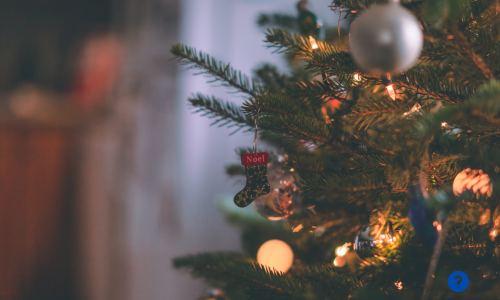As the holiday season nears, many families and decorators begin purchasing Christmas trees. Understanding the cost variations due to size, type, and region is essential for budgeting. Whether you prefer a traditional pine or an exotic fir, being informed about current prices and trends aids in decision-making. This guide provides insights into cost factors, affordable options, and historical data to assist with holiday shopping.
Understanding Christmas Tree Prices
Factors Influencing Cost
The cost of Christmas trees depends on several factors, including type, size, region, demand, environmental conditions, and purchase method. For example, exotic firs are often more expensive than traditional pines. Pricing also tends to vary by region, with urban areas usually charging more due to transportation and storage costs. Seasonal peaks and environmental challenges like droughts can further influence prices.
Factor |
Impact on Price |
|---|---|
Type |
Pines (affordable) vs. Firs (expensive) |
Size |
Larger trees are pricier |
Region |
Urban areas generally charge more |
Seasonal Demand |
Prices peak closer to Christmas |
Environmental Impact |
Droughts/fires increase costs |
Purchase Method |
Farms vs. Retail Stores |
Average Prices by Region
Christmas tree prices vary across regions:
Region |
Price Range ($) |
|---|---|
Pacific Northwest |
30 – 50 |
Northeast |
50 – 80 |
Urban Areas (e.g., NYC, LA) |
Over 100 |
Southern Regions |
60 – 90 |
Understanding these differences helps in budgeting for a holiday tree.
Historical Price Trends
Historical trends show Christmas tree prices rising about 5% annually, driven by production costs, inflation, labor costs, and environmental issues like droughts. Despite these increases, demand remains strong, emphasizing the importance of planning and budgeting.
Years |
Average Annual Increase (%) |
|---|---|
Last Decade |
5 |
Buying a Christmas Tree
Choosing the Right Type
Selecting the right tree type is important for aesthetics and budget:
Type |
Characteristics |
Price Range |
|---|---|---|
Douglas Fir |
Full, bushy |
Affordable |
Fraser Fir |
Strong branches, pleasant scent |
Premium |
Scotch Pine |
Sturdy needles, vibrant color |
Mid-range |
Where to Buy: Store vs. Farm
Choosing between a store and a farm impacts cost and experience. Stores offer convenience and competitive prices, while farms provide fresher trees and a more personalized selection process.
Buying Option |
Benefits |
Potential Drawbacks |
|---|---|---|
Store |
Convenience, competitive prices |
Limited variety |
Farm |
Freshness, variety, experience |
Prices can vary based on location |
Tips for Affordable Christmas Trees
To save on Christmas trees, consider early purchase, comparison shopping, and choosing locally grown or smaller trees. Some farms may offer discounts for self-cut trees or community sales.
Benefits |
|
|---|---|
Buy early |
Avoid price hikes |
Compare prices |
Get the best deals |
Locally grown trees |
Lower transportation fees |
Opt for smaller trees |
Cost-effective for tight budgets |
Alternative species |
Cheaper than premium types |
Christmas Tree Trends
Sustainable and Eco-Friendly Options
Sustainability is influencing Christmas tree choices. Real trees, rentals, living potted trees, or recycled artificial trees are popular eco-friendly options.
Option |
Benefit |
|---|---|
Real Trees |
Biodegradable, supports agriculture |
Tree Rentals |
Reduces waste, promotes growth |
Living Trees |
Long-term environmental benefits |
Recycled Artificial Trees |
Longevity, eco-conscious |
Popular Tree Varieties
Certain varieties remain popular for their features:
Variety |
Characteristics |
|---|---|
Fraser Fir |
Excellent needle retention, strong branches |
Douglas Fir |
Full, bushy appearance |
Balsam Fir |
Pyramid shape, aromatic scent |
Noble Fir |
Symmetrical shape, sturdy branches |
Scotch Pine |
Long-lasting needles, bright color |
DIY Decoration Ideas
DIY decorations offer a personal touch and cost-saving opportunity. Ideas include paper snowflakes, salt dough ornaments, and glittered pinecones.
DIY Idea |
Description |
|---|---|
Paper Snowflakes |
Simple, festive uses colored paper |
Salt Dough Ornaments |
Shape, bake, and paint for unique designs |
Glittered Pinecones |
Add sparkle with homemade crafts |
These creative activities enhance the tree’s look while fostering family bonding.
